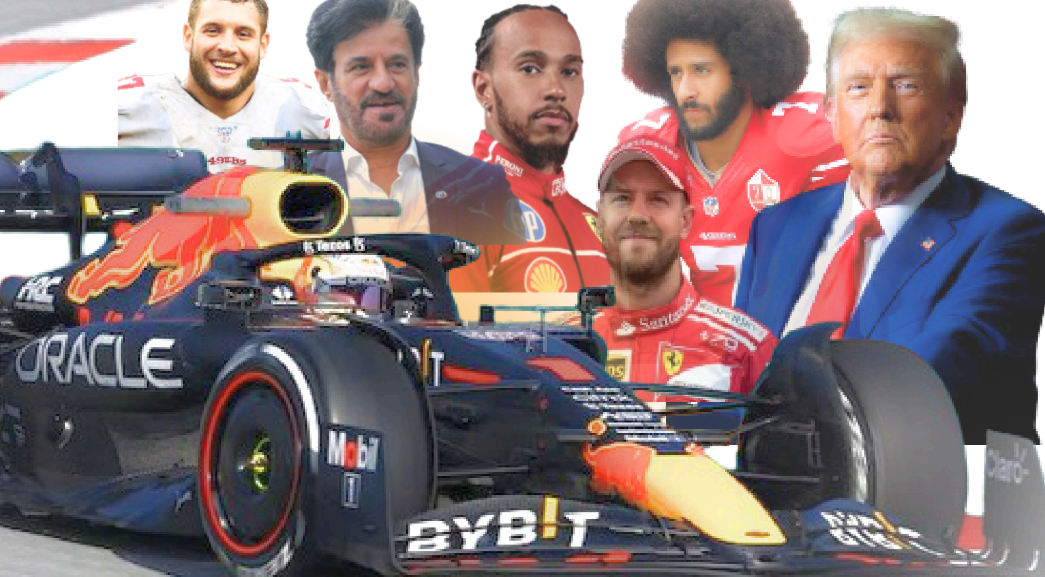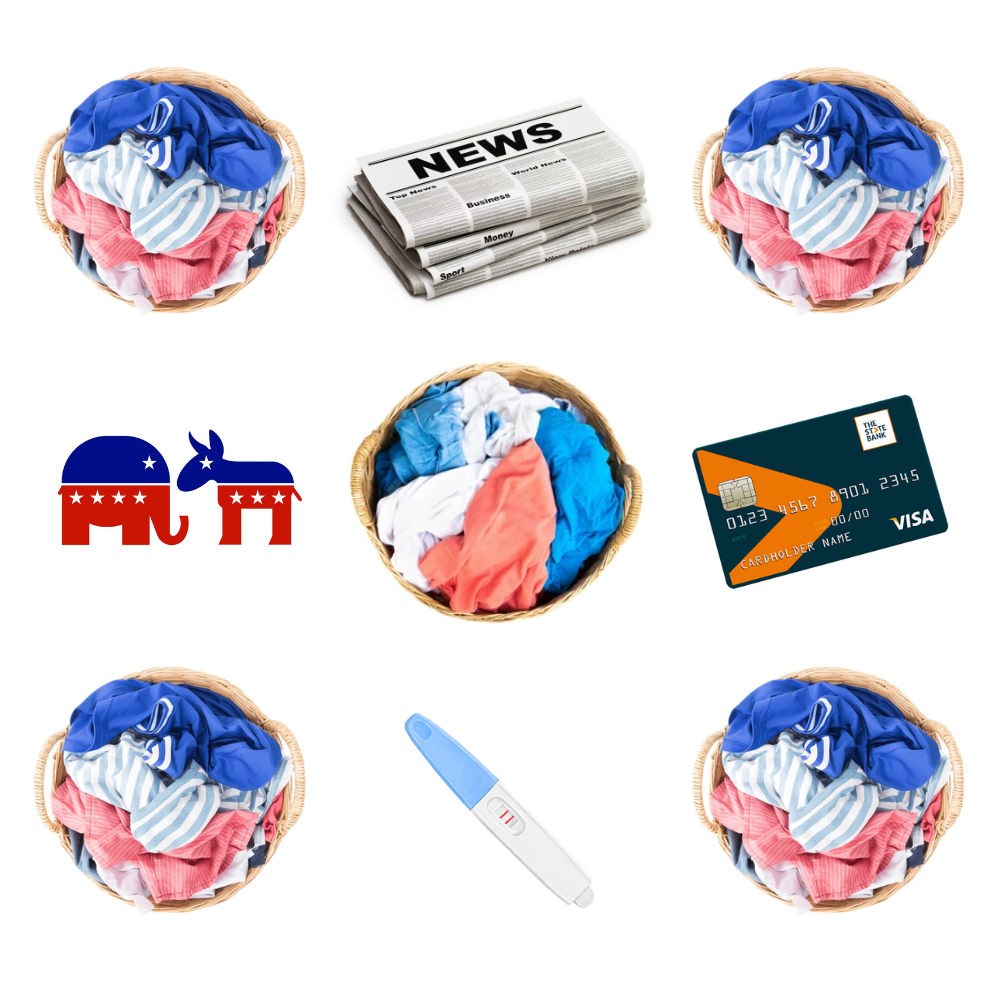Formula One racing, at its core, is a sport centered around power, politics, and wealth. Ten teams compete to build the fastest car, abiding by a set of regulations subject to major changes every few years. To be able to build the fastest car with the best technology, you need money. The cost of constructing the car itself, (disregarding the research and development costs, transportation costs, repair costs, etc), is estimated to be anywhere between $12-20 million dollars.
Sponsors such as Cash App, Monster Energy, and TikTok supply Formula One teams with the money to build their cars in return for publicity. Such sponsors help not only fund the teams but also sponsor Formula One itself, which also earns money through race hosting fees and TV revenue. There are other means of gaining money for the teams: prize money is given to teams based on their finishing position in the World Constructors Championship, with the most money given to the team finishing in first, of course. The prize pot itself is composed of fifty percent of F1’s commercial profits (again, sponsorships, race hosting fees, TV revenue).
Formula One is an expensive sport for the drivers who have worked their entire lives to enter the sport. The cost of competing in just Go-Karting (what most race car drivers start off in) is enough to put a bank account into the negatives.
Furthermore, to compete in Formula One’s feeder series– Formula Four, Formula Three, and Formula Two– drivers as young as 15 are expected to pay anywhere from $130k to $3m per season. This means that young talents under the FIA (Fédération Internationale de l’Automobile), the governing body of Formula One and other motorsport series, are paying more than they are earning.
Every sport needs rules and guidelines to go by to ensure a fair fight. The FIA is the organization that implements these rules. The concern, of course, is mainly safety, since drivers hit speeds of up to 200 miles per hour. However, when the rules shift from focusing on the well-being of drivers to the well-being of the sporting organization in control, power abuse and censorship come into play.
One recent regulation that has stuck out amongst fans of Formula One is Article 12.2.1 of the ISC (International Sporting Code), which states, “The general making and display of political, religious and personal statements or comments notably in violation of the general principle of neutrality promoted by the FIA its statutes, unless previously approved in writing by the FIA for international competitions”.
What harm can come from the governing body of a sport dictating what a person can and cannot say regarding politics or personal statements?
Well, Formula One is a wealthy, expensive sport for all involved, and once money is involved, everything immediately becomes political. On May fifth last year, Donald Trump was invited to the Miami Grand Prix as a guest of the Formula One team McLaren. Trump was invited, however, not by McLaren but by Mohammed Ben Sulayem, the president of the FIA.
Considering this was during his presidential campaign, it is clear to see that both Trump and Formula One were both directly benefiting from his appearance, despite the fact that Miami Grand Prix officials put a stop to an attempted campaign fundraiser that would also benefit Trump.
It became even more apparent of Trump’s growing influence on the sport when Sulayem personally congratulated Trump on his presidency via Instagram. These actions and statements are not neutral, according to the FIA general principal of neutrality, thus violating the regulation the FIA itself imposed.
It was not neutral when, in 2020, Lewis Hamilton, seven-time world champion and the only black Formula One driver, wore Black Lives Matter shirts on the podium and took a knee during the Austrian national anthem at the Austrian Grand Prix. Alongside this, he also wore a shirt stating “Arrest the cops who killed Breonna Taylor” on the podium of the 2020 Tuscan Grand Prix. However, because of these instances of protest, the FIA clarified that drivers must not wear unofficial attire on their uniforms in response.
It was not neutral when Sebastian Vettel, a four time Formula One world champion, wore a rainbow “same love” t-shirt at the 2021 Hungarian Grand Prix in protest to their anti-LGBTQ+ legislation. Still, Vettel and the other drivers who wore the shirt were reprimanded for not removing the shirt during the national anthem.
The difference is that there were no repercussions or reprimands for Sulayem’s statements, no repudiation of any comments or $21,000 fine, consequences which the FIA further implemented earlier this year.
Why is it okay for the FIA’s president to speak his own political opinions but not for the drivers?
This not the first time athletes have faced consequences for their political beliefs and how they display them. In 2016, Colin Kaepernick, former quarterback for the San Francisco 49ers, began the act of taking the knee during the US National Anthem in protest of police brutality, which caused many other African American athletes to follow in his footsteps. After the 2016 NFL season, Kaepernick entered the free agent market and was not signed by an NFL team again, presumably due to his silent protests on the field.
After their teams allegedly colluded to keep Kaepernick out of the NFL, the owners of the NFL allowed leniency towards another player who silently demonstrated his political beliefs. 2024, 49ers lineman, Nick Bosa, interrupted a post-game interview to gesture towards his “Make America Great Again” cap. He was later fined $11,225, and while this may seem like a lot of money to pay, it is nothing compared to being colluded against and unable to play in the NFL. It is especially nothing for someone in the midst of a $92 million contract. The fine of $11,225 on a $92 million contract is equivalent to Doordashing a Chipotle order on a teacher’s salary.
The enforcement of neutrality statements are never equally carried out, as even those who enforce these rules are biased when they claim to remain impartial. These organizations silence the athletes that play for them but do not silence themselves.
An alternative to enforcing neutrality would be to target and prohibit hate speech. As defined by the United Nations, hate speech is “offensive discourse targeting a group or an individual based on inherent characteristics (such as race, religion or gender) and that may threaten social peace.” By simply prohibiting hate speech, many athletes are still free to speak, as are the organizations in charge of them, without hiding behind the guise of “neutrality.”
Athletes are put on a pedestal. In a world where sporting events have the power to bring people together, athletes around the world have the power and the right to spread view on topics that concern them. They should have the right to do so without a fine or penalty.
The FIA should not be controlling the actions of Formula One drivers and fining them for speaking out on issues that, in the case of Lewis Hamilton, affect the drivers directly. There is a fine line between enforcing neutrality to “uphold the image of a sport” and censoring statements because the organization yields the power to do so.















Saily • Apr 25, 2025 at 1:37 pm
this is so good katie i also watch formula 1
lily • Apr 25, 2025 at 8:43 am
THIS ATEEEEEE